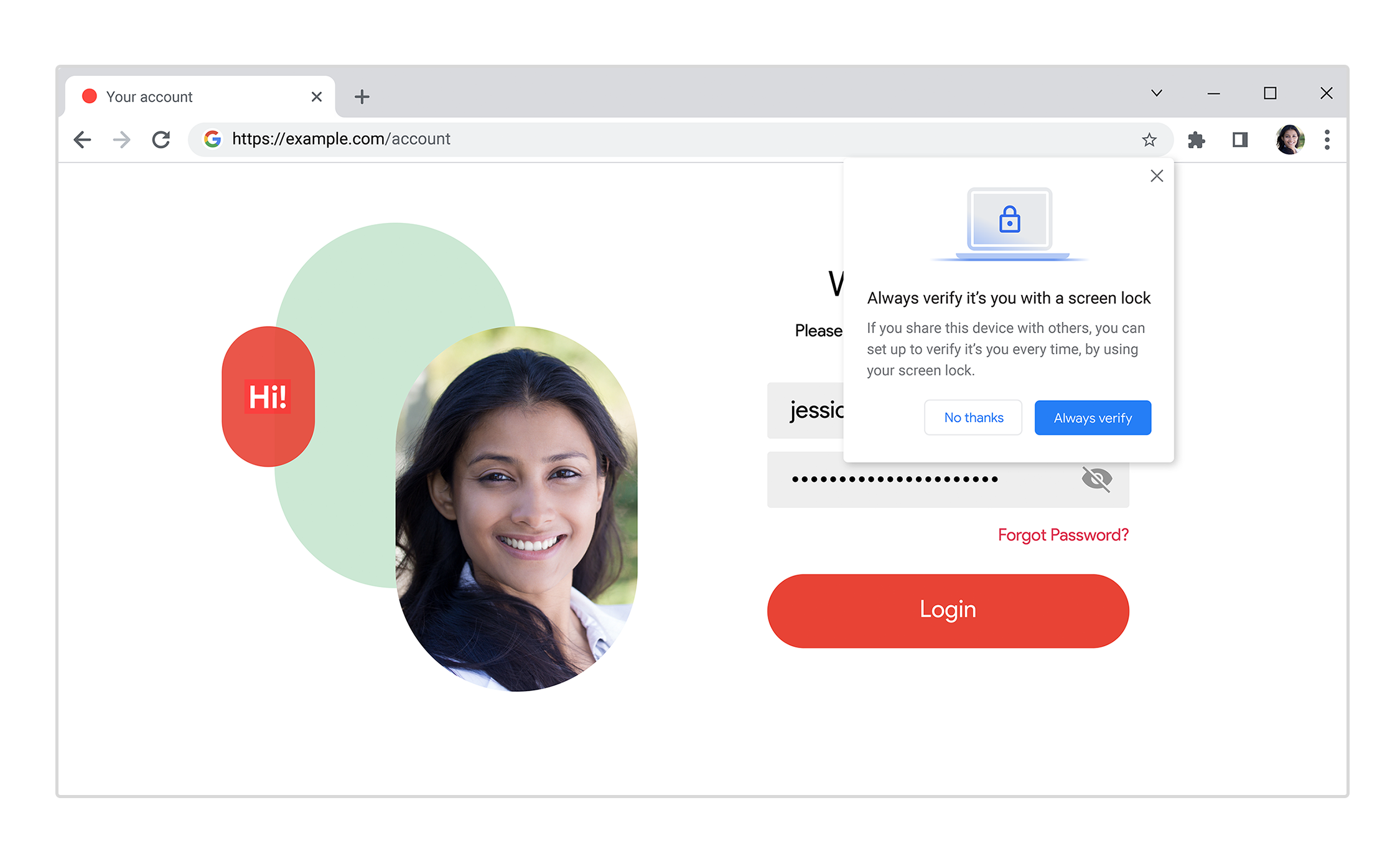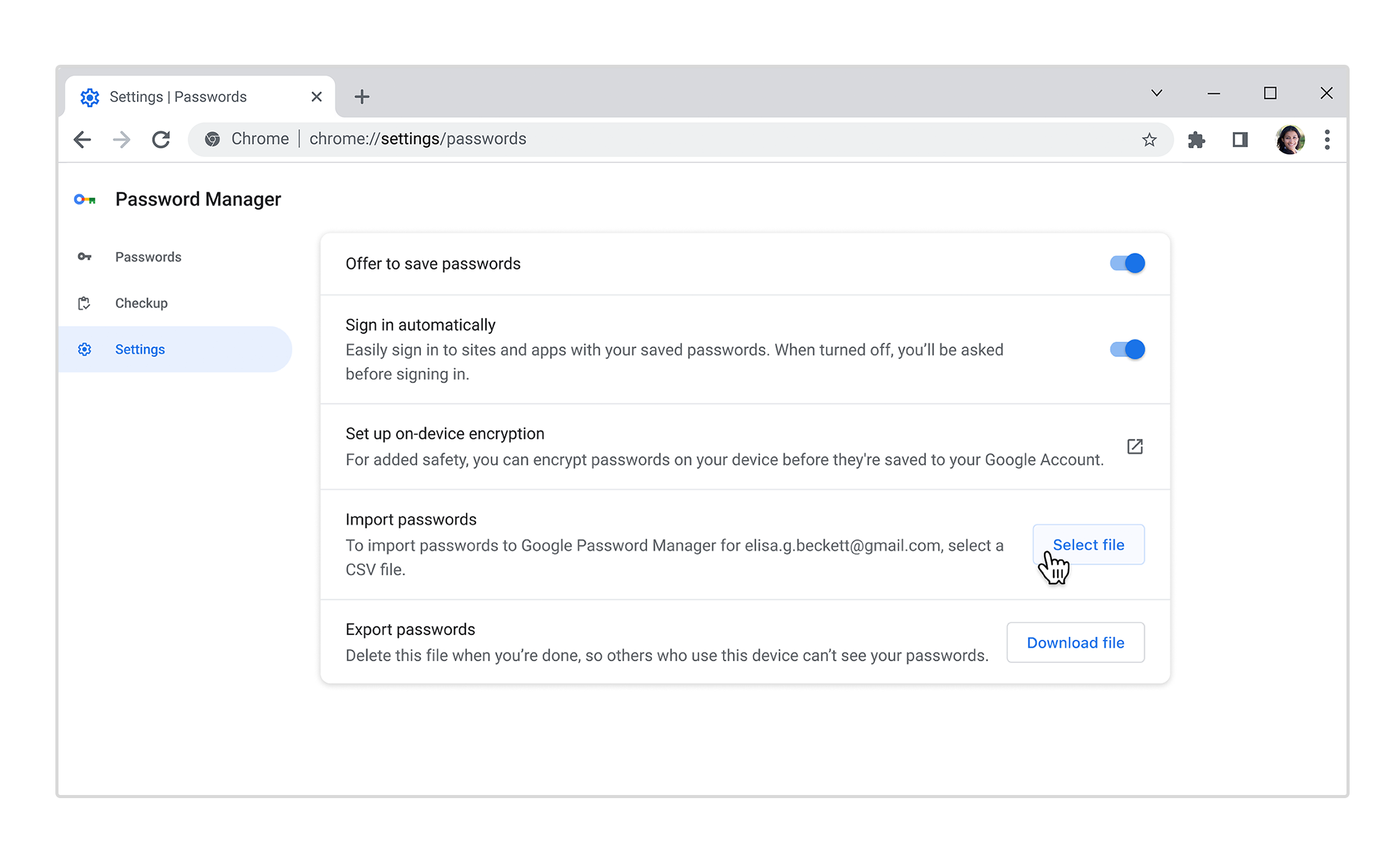Google’s aiming to make it easier to use and secure passwords — at least, for users of the Password Manager tool built into its Chrome browser.
Today, the tech giant announced that Password Manager, which generates unique passwords and autofills them across platforms, will soon gain biometric authentication on PC. (Android and iOS have had biometric authentication for some time.) When enabled, it’ll require an additional layer of security, like fingerprint recognition or facial recognition, before Chrome autofills passwords.
Exactly which types of biometrics are available in Password Manager on desktop will depend on the hardware attached to the PC, of course (e.g. a fingerprint reader), as well as whether the PC’s operating system supports it. Beyond “soon,” Google didn’t say when to expect the feature to arrive.

Image Credits: Google
On the subject of PC, Password Manager now has a dedicated home in Chrome on desktop. The tool can be launched by clicking the “Password Manager” shortcut in the Chrome menu, the “Manage passwords” button that appears when Chrome prompts a user to autofill a saved password or the optional new desktop shortcut.
Elsewhere, Password Manager on iOS will soon flag weak and reused passwords via Google’s Password Checkup tool. (Google says it’ll land in the coming months.) Also on iOS, a larger, “more tappable” prompt to autofill passwords and grouping for multiple accounts, due out this week, will (in theory) ease the pain of signing into websites and viewing long lists of passwords.
The Password Manager updates today aren’t all platform-specific.
Across desktop and mobile, Password Manager now allows users to add notes to saved credentials for things like multiple logins for one website and PIN numbers that go with passwords. On a PC, the notes feature can be accessed by clicking the “key” icon when logged into a website.
And Password Manager can now more easily import passwords from other password manager apps. On a PC, Chrome can directly import the passwords via a .csv file, assuming the old password manager supports the format.

Image Credits: Google
The updates come roughly a year after Google consolidated its Chrome and Android password managers with a more consistent, streamlined look-and-feel, plus capabilities including automatic password alerts when a password’s compromised in a breach.
Unlike some players in the password management space, Password Manager is less a revenue generator and more a hook to use Google’s other apps and services, Chrome included; it’s a free service. But Google most certainly feels the pressure to keep Password Manager competitive. If it weren’t, that’d be one less reason to use Chrome.
